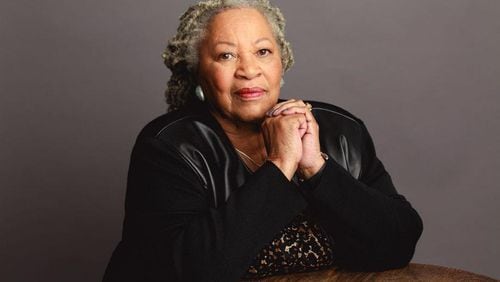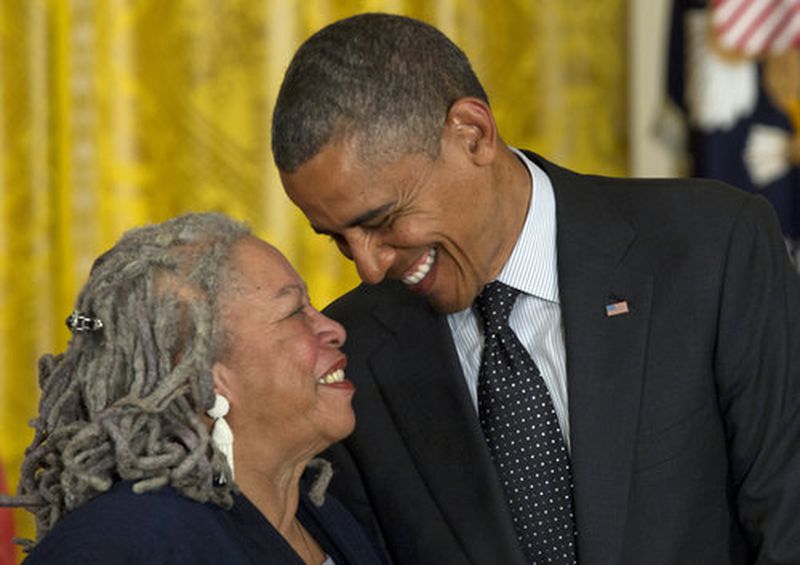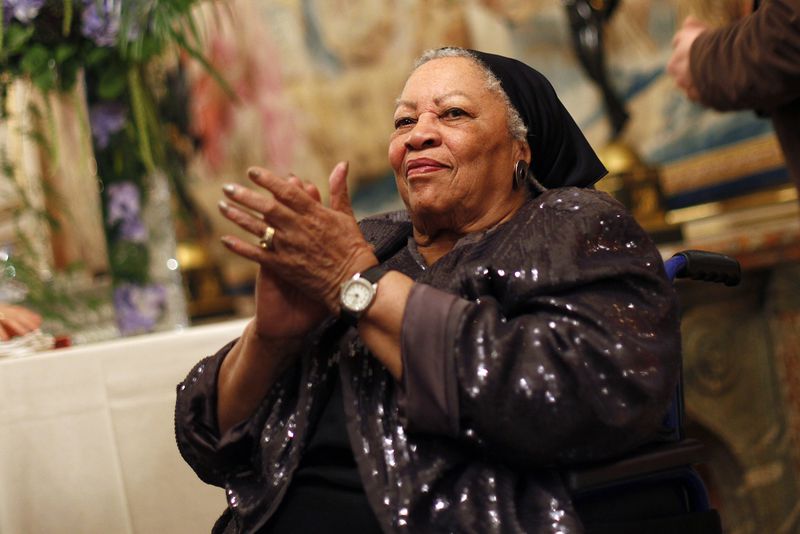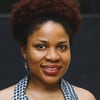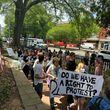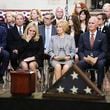Toni Morrison’s bold and lyrical storytelling, written specifically for Black people, came from being aware since childhood of her own blackness.
Growing up in Lorain, Ohio, in the 1930s, her family was among the few African Americans in the Midwest community. But that did not inhibit the precocious tyke. Instead, self-awareness of her color and capabilities empowered her. She recalled as much in an interview with The New York Times.
“When I was in first grade, nobody thought I was inferior. I was the only Black in the class, and the only child who could read,” she told a reporter.
Her intellect and a passion for books birthed a literary legacy few authors of any race can match — beginning with her first novel, “The Bluest Eye,” an exposé of a Black adolescent’s anguished existence amid only-white-is-beautiful norms.
Morrison did not tailor her stories to be viewed through a white lens. She prided herself on committing to Black authenticity. Her courage influenced a legion of Black writers, who basked as she won the Pulitzer Prize for Fiction for 1987′s “Beloved,” and became the first black woman to receive the Nobel Prize in Literature in 1993.
Morrison began life as Chloe Anthony Wofford on Feb. 18, 1931, the second of George and Ramah Wofford’s four children. Her working-class parents considered education a means to escape rampant discrimination. So, Morrison threw herself into reading and excelling at schoolwork, debates and, naturally, writing.
In 1949, Morrison headed to Howard University in Washington, D.C., where she nurtured her love for words and theater. Touring with the Howard University Players as an actor in several productions led to racism encounters that shaped her future as a novelist, said Carolyn Denard, founder of the Toni Morrison Society.
“Her exquisite use of language, sounds, gestures, emotions to define a character were extraordinary. … I think her time as an actress with the Howard University Players helped her do that,” Denard told The Atlanta Journal-Constitution.
Credit: (AP Photo/Carolyn Kaster)
Credit: (AP Photo/Carolyn Kaster)
Morrison returned to teach at Howard after receiving her master’s degree at Cornell University in Ithaca, New York. By 1955, a teaching stint in Texas led to her meeting the man she’d marry, Harold Morrison. The couple, who eventually divorced, had two children, Harold and Slade.
While raising her family and working as a Random House fiction editor, Morrison uncovered her calling as an author. In 1970, at age 39, she published “The Bluest Eye,” followed by “Sula” in 1973 and “Song of Solomon” in 1977. The third novel garnered national acclaim and the National Book Critics Circle Award.
Moreover, those early Morrison books inspired a young Denard. “She gave me the permission to not accept a ‘deficit model’ when it came to talking about and teaching about Black community life,” Denard told the AJC.
That was Morrison’s goal.
As accolades rolled in for her telling of Black stories — and her fifth novel, “Beloved,” became a movie produced by and starring Oprah Winfrey — a broader audience began paying attention.
That was decidedly not Morrison’s goal.
She declared in numerous interviews, including one that went viral after her death, that her life’s work was committed to the Black audience. In an interview with the New Republic in 1981, she gave a now-infamous response to a question about the “danger” of her style of writing.
“If I tried to write a universal novel, it would be water. Behind this question is the suggestion that to write for Black people is somehow to diminish the writing. From my perspective, there are only Black people,” Morrison said.
Credit: AP
Credit: AP
The author died in 2019 at age 88, but her legacy lives. A yearlong, virtual series, “Reading Toni Morrison” — presented by 92Y, an organization Morrison supported for five decades — will explore Morrison’s 11 novels, starting with “The Bluest Eye,” in virtual classes beginning Feb. 25, said Farah Jasmine Griffin, a 92Y instructor.
Griffin hopes the classes will inspire people to read and re-read Morrison’s work.
“She posits the human complexity of Black women, demonstrating their concerns, their struggles and their yearnings to be worthy of representation in the most sophisticated way,” Griffin said.
BLACK HISTORY MONTH: Throughout February, we’ll spotlight different African American pioneers ― through new stories and our archive collection ― in our Living and Metro sections Monday through Sunday. Go to AJC.com/black-history-month for more subscriber exclusives on people, places and organizations that have changed the world, and to see videos on the African American pioneers featured here each day.
About the Author
